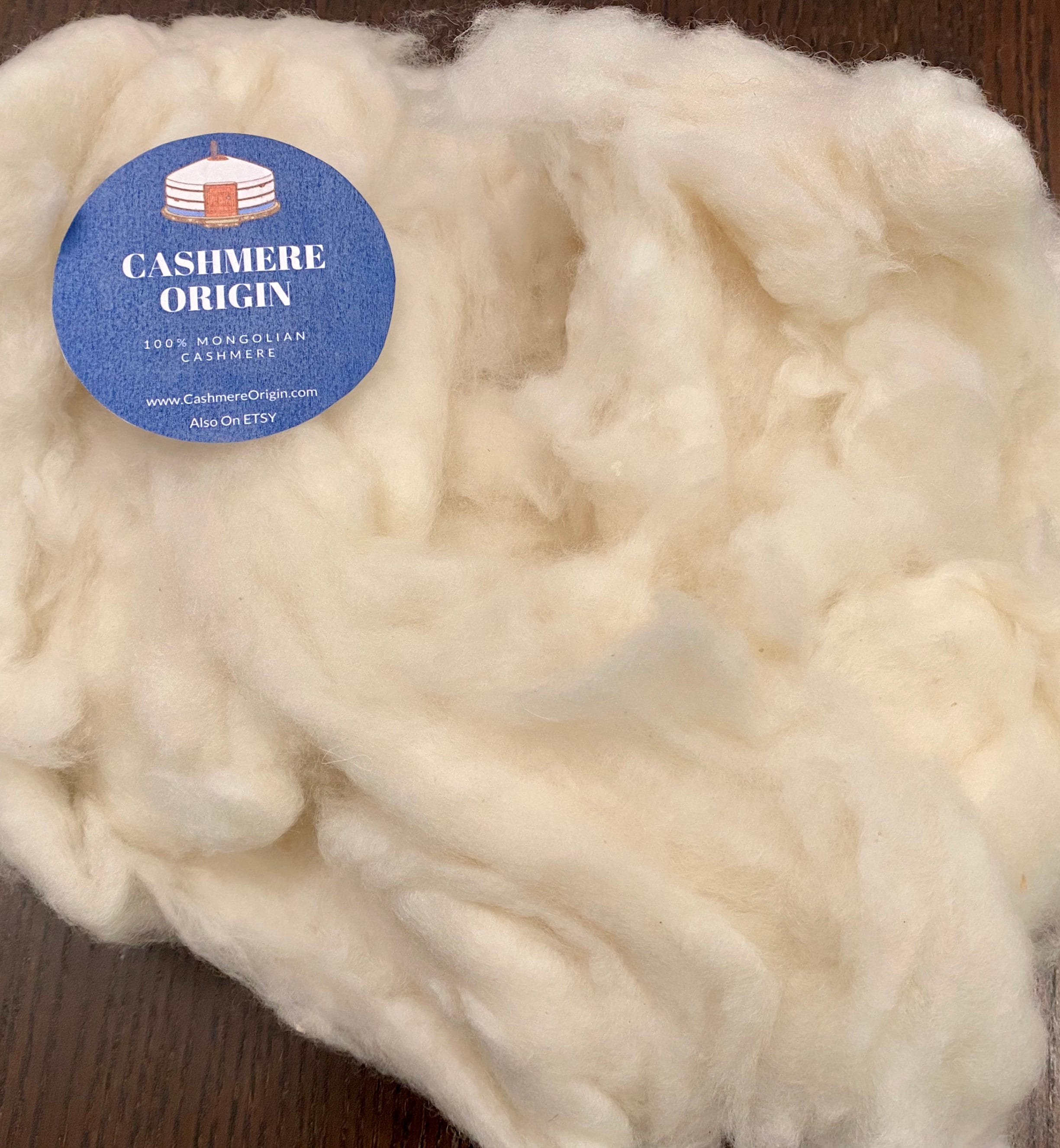The Intriguing Process Behind Producing cashmere Fibre and Its Benefits
Reasons You Need To Require Cashmere an All-natural Fiber for Comfort and Beauty in Everyday Wear
In the world of textiles, few fibers match the luxury and comfort of cashmere. This distinct product, understood for its premium soft qualities and insulation, offers unparalleled convenience and style for daily wear. What establishes it apart from other fibers? Just how does it influence the environment and just how does it contrast to synthetic options? Exactly how can one best make use of cashmere to boost their design? These interesting questions lay the foundation for an informing exploration right into the world of cashmere.
Comprehending the Luxurious Nature of Cashmere

Evaluating the Convenience Variable of Cashmere Attire
What high qualities highlight the comfort factor of cashmere garments? The soft qualities of cashmere is the first quality to consider. Its deluxe texture makes it seem like a second skin, giving heat without the weight or itchiness connected with various other wool items. Moreover, cashmere's special fiber structure enables breathability, managing temperature level and stopping overheating. The material's adaptability and toughness make sure that it molds against the body pleasantly, preserving its form with time. Cashmere's hypoallergenic buildings likewise add to its comfort, making it a perfect choice for delicate skin. The ability to layer cashmere items without bulkiness enhances the comfort variable. Essentially, the comfort of cashmere is stemmed from its softness, breathability, resilience, hypoallergenic nature, and versatility.

The Environmental Impact and Sustainability of Cashmere
While the convenience and style of cashmere are most certainly appealing, it's similarly vital to consider its relationship with the atmosphere. Cashmere production, mainly in Mongolia and China, includes increasing cashmere goats, which can substantially strain vulnerable grassland ecosystems due to overgrazing. Initiatives are being made to establish sustainable cashmere production approaches, such as rotational grazing and cleaner processing methods.
Comparing Cashmere to Artificial Fibers: A Cost-Benefit Evaluation
Despite its environmental difficulties, cashmere provides an one-of-a-kind set of benefits over synthetic why not find out more fibers. On the cost side, cashmere is undeniably a lot more expensive as a result of its labor-intensive manufacturing procedure. Yet, the benefits make it worth the investment. Cashmere's natural fibers use exceptional softness and heat, translating into comfort that artificial fibers struggle to match. Cashmere items are highly resilient, encouraging longevity that offsets first costs over time. Unlike synthetic fibers, cashmere doesn't add to microplastic contamination, making it an extra lasting choice. On the other hand, synthetic fibers, while more affordable upfront, supply much less comfort, have much shorter life-spans and posture you could try these out ecological issues. Hence, when analyzing cost-benefit, cashmere's superior qualities make it a rewarding financial investment for everyday wear.
Styling Tips With Cashmere for Everyday Elegance
Having considered the cost-benefit evaluation of cashmere compared to artificial fibers, it becomes clear why this see this page elegant product is a favored option for many. When styling cashmere for everyday sophistication, simplicity is key. Eventually, the inherent sophistication of cashmere makes it a versatile enhancement to any closet, easily enhancing everyday attire with a touch of deluxe.

Conclusion
In addition, cashmere's sustainability and reduced environmental influence contrasted to synthetic fibers further improve its allure. Investing in cashmere garments is a beneficial decision for sustainability, design, and convenience.
